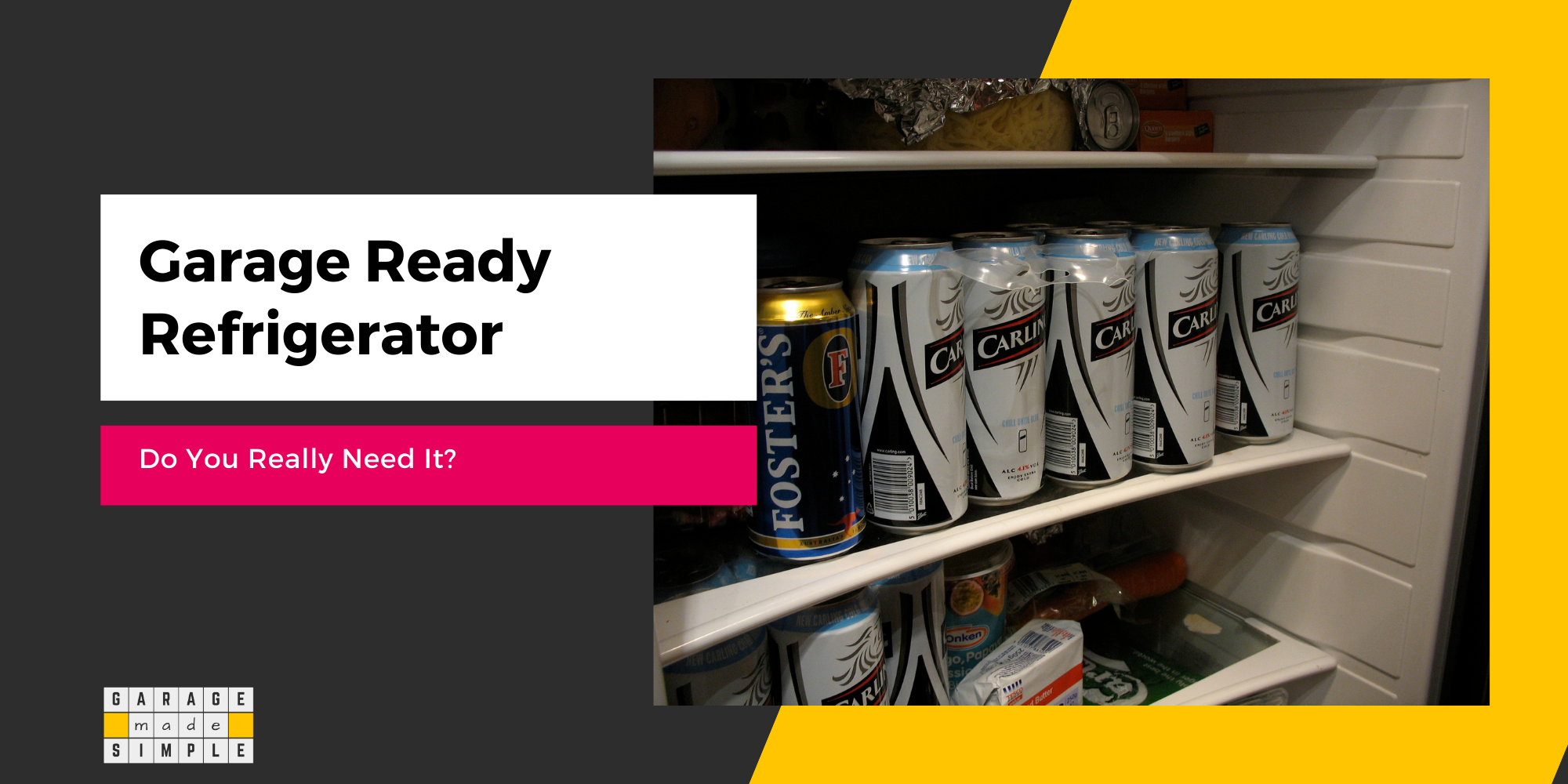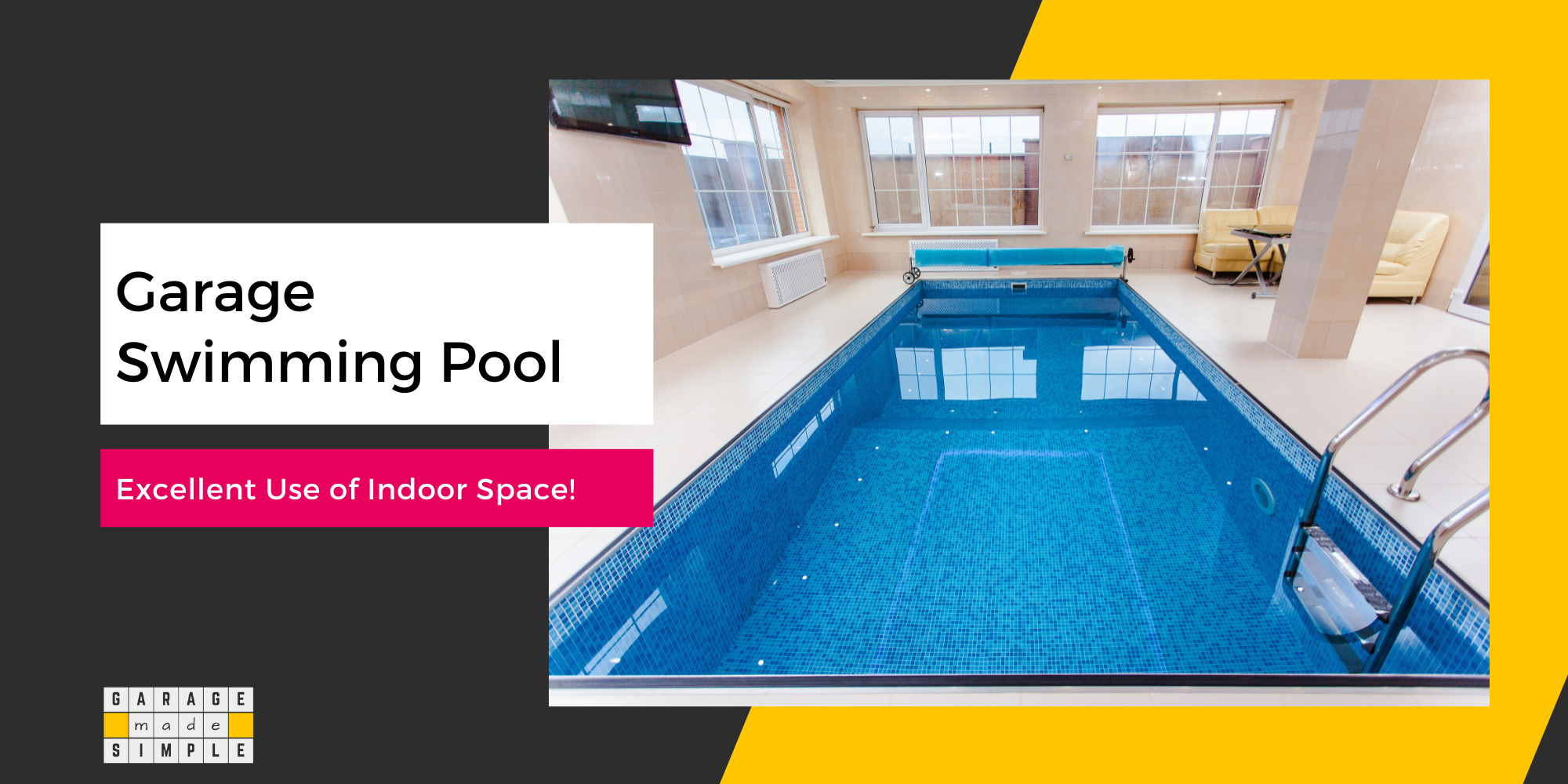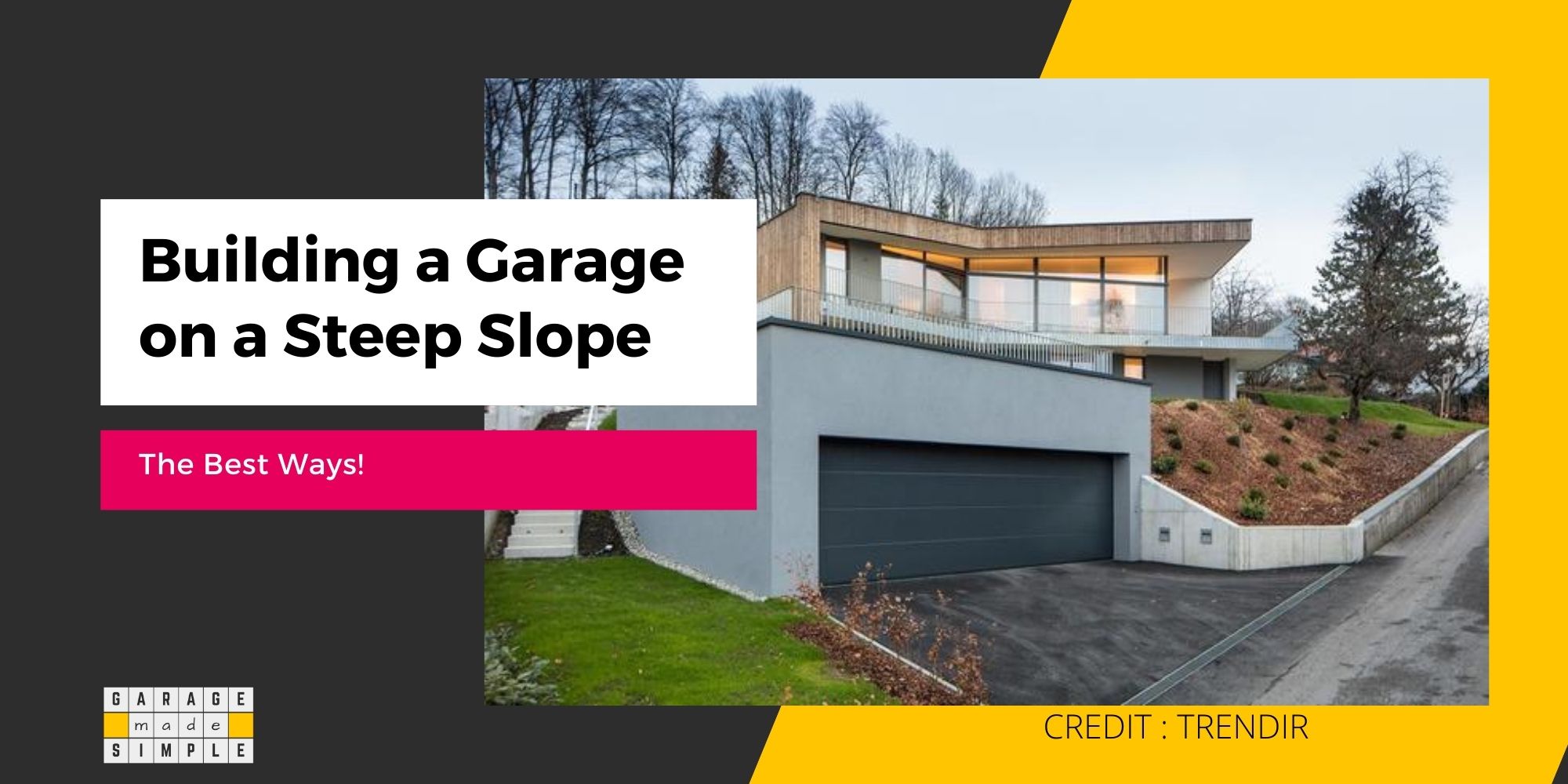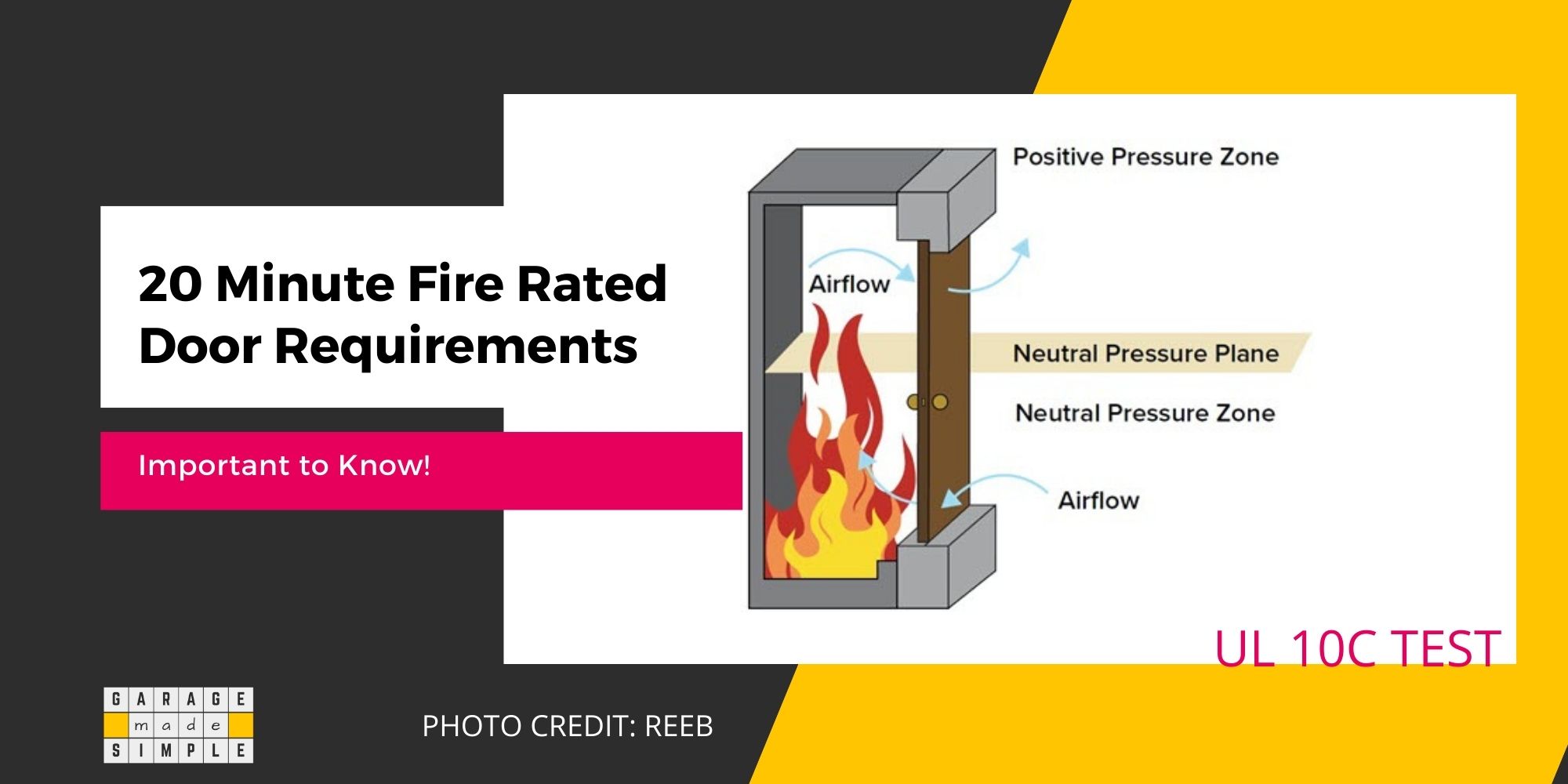Attached Carport vs Garage: 9 Important Differences You Need To Know!
garagemadesimple.com is a participant in the Amazon Services LLC Associates Program, an affiliate advertising program designed to provide a means for sites to earn advertising fees by advertising and linking to Amazon.com . The website is also an affiliate of a few other brands.
I am sure that your cars are among your most valuable physical assets, second only to your home. Naturally you want to protect them from the vagaries of nature as well as thieves & vandals. The garage is the most popular way of providing shelter to your vehicles. But an attached carport is also an option. Attached carport vs a garage; what is the difference?
When it comes to comparing an attached carport vs a garage, there are 9 important differences as under:
- Number of Walls
- Construction Material
- Parking Space
- Level of Protection
- Storage & Workspace
- Safety & Security
- Curb Appeal
- Value Addition
- Initial Cost

Number of Walls
The primary differentiating feature between a carport and a garage is the number of walls.
A garage must have 4 walls to be called a garage. One of the walls will be a large garage door. However, the door can be closed. The cars parked inside and everything else such as storage, workshop, etc. will be protected from all sides, once the garage door is closed.
A carport on the other hand can have a maximum of three walls. Typically, a carport does not have a door. In fact, as per code an attached carport should have only two walls, if it is not to be considered a garage.
What Does the Code Say?
Actually, as per Section 309.2 Carports of the 2021 International Residential Code (IRC)
Carports shall be open on not less than two sides. Garage floor surfaces shall be of approved noncombustible material. Carports not open on two or more sides shall be considered to be a garage and shall comply with the provisions of this section for garages.
The area of floor used for parking of automobiles or other vehicles shall be sloped to facilitate the movement of liquids to a drain or toward the main vehicle entry doorway.
Exception: Asphalt surfaces shall be permitted at ground level in carports.
So if an attached carport has three walls, it will be considered to be a garage by the International Residential Code. It will then need to comply with Section R302.6 of The 2021 International Residential Code (IRC), relevant to the Dwelling-Garage Fire Separation as under:
The garage shall be separated as required by Table R302.6. Openings in garage walls shall comply with Section R302.5. Attachment of gypsum board shall comply with Table 702.3.5. The wall separation provisions of Table 302.6 shall not apply to garage walls that are perpendicular to the adjacent dwelling unit wall.
Table R302.6
| Separation | Material |
| From the residence and attics | Not less than ½-inch gypsum board or equivalent applied to the garage side |
| From all habitable rooms above the garage | Not less than 5⁄8 -inch Type X gypsum board or equivalent |
| Structure(s) supporting floor-ceiling assemblies used for separation required by this section | Not less than ½-inch gypsum board or equivalent |
| Garages located less than 3 feet (914 mm) from a dwelling unit on the same lot | Not less than ½-inch gypsum board or equivalent applied to the interior side of exterior walls that are within this area |
Construction Material
The garage, especially the attached garage, is usually constructed using the same material as your house. The floor is a concrete slab. The walls and the roof frames are made out of wood. Drywall or plywood may be used for sheathing and shingles are used on the roof.
The attached garage is constructed along with the house and every effort is made to integrate it with the house design and aesthetics.
A carport, on the other hand, is usually purchased and placed on the lot after the house construction. Modern carports consist of a frame that is made out of steel or aluminum tubes. The wall is covered in steel siding. The roof is covered using metal, polycarbonate or PVC roofing sheets.
The attached carport typically uses the existing driveway as the floor. The driveway could be concrete, pavers, asphalt or just gravel.
Parking Space
Carports are prefabricated and hence come in standard sizes. The carport size is dictated by the size of the materials used such as steel tubes, siding and roofing sheets. These also come in standard sizes,
Carport manufacturers can keep the costs down by standardizing and avoiding material wastage. They also have to consider ease of transportation and assembly at site.
A garage on the other hand, can be constructed exactly to your design and specifications. It is a one off piece and you can customize it to a fair degree.
A 2 car garage is quite common, but you can build a 3 or 4 car garage as well. Standard prefabricated carports, on the other hand, come in either 1 or 2 car options.
Carports are a little bit smaller than a garage. The standard 1 car carport is 12’ wide, 20’ long and 6’-7’ high. The standard 1 car garage is 12’ wide, 22’ long and 8’-9’ high. The garage needs extra height to accommodate the overhead garage door operator (GDO).
NOTE: An RV Carport can be an alternative to an RV Garage, if you do not want to spend a ton of money.
Level of Protection
A garage is a much sturdier structure than a carport. They can better protect your cars from sun, wind, rain, snow, etc. as they are closed on all sides. The carport, being open on two sides, can at best protect against sun and some light rain and snow. They are not much protection in case of storms.
The walls of a garage are load bearing as they stand on solid foundations. They will take the load of the roof and the snow that may pile up during a snowstorm. The same can not be said of carports.
Carports are secured to the driveway but strong wind gusts can uproot them. The frame and the roof will not be able to handle the weight of snow pileup. Carports are best suited to moderate weather conditions.
Storage & Workspace
You can use your enclosed garage in many other ways than just parking your cars. A majority of the garages in the US are used for storage of all kinds of items ranging from garden equipment & supplies, outdoor equipment & sporting goods, etc. The list is only limited by your need and your imagination.
Many DIY enthusiasts establish a workshop within their garage. The garage is the ideal place to work on your cars. But you can also use the space for woodworking projects, paint jobs, etc.
Then there are others who make their garage function as living spaces by setting up a gym, yoga studio or even a home office.
The carport does not offer you any storage or workspace. At best you could keep some of your larger gardening equipment such as a lawn mower, personal watercraft like canoes, etc. However, you have to be aware that these are vulnerable to damage & theft.
Carports do provide you space for having a kids birthday party or a brunch gathering. Place foldable chairs & tables, set up a BBQ station and some music and you are good to go! You can enjoy the fresh outdoor air without the afternoon sun beating down on you.
Safety & Security
When it comes to an attached carport vs an attached garage, quite obviously the garage is a lot more secure. It is enclosed from all sides. The garage door operator can open or close the door at the push of a button on the garage door remote.
With advances in technology, it is now possible to further enhance the safety and security of your garage. Motion Sensor Garage Lights is one of the ways.
Every attached garage must have an garage entry door to the house. This door can be a weak spot in your home security system. In case a thief is able to break into your garage then he can work on breaking through the garage entry door to the house in the privacy of the garage. Make sure to use the latest garage entry door lock technology to secure your home.
Whatever you keep in the carport is neither safe nor secure, because the carport has two open sides. It is impossible to secure a carport unless you put a wall on one open side and a door on the other. But then the carport is no longer a carport. It is a garage!
Curb Appeal
When it comes to an attached carport vs a garage, there is no doubt that the carport is not going to win any brownie points. Most carports are prefabricated and have a very industrial functional look. They might be OK for shopping mall or factory parking lot, but certainly do not complement a good looking house.
Having said that, you could design and build a carport using materials and color scheme that complement your house. It would look decent, but still do not expect it to add to the curb appeal of your house.
On the other hand, an attached garage is designed and built as an integral part of the house. Naturally it does not stand out like a sore thumb.
Even if you decide to add a detached garage to your existing house, you can design and build it to complement your house. It may not be a perfect match but it can come close!
Value Addition
Value addition is related to curb appeal. Since a carport does not increase the curb appeal of your house it also does not increase the value of the house. A prospective buyer will likely not find any value in the carport. They may even see the carport as a liability. They may need to spend money to get rid of it!
A garage on the other hand is highly unlikely to reduce the valuation of your home. Many prospective home buyers place a significant value on a good size attached garage. A detached garage also adds to home valuation, especially if it has been constructed with future expansion in mind.
It is not unusual to add a studio apartment above a detached garage. Such an arrangement can be used for rental or personal use. In either case it is a valuable asset.
Initial Cost
In the debate over attached carport vs garage, the initial cost tilts the argument in favor of a carport. Carports are not just cheaper. They are significantly cheaper than a garage.
According to FIXR the cost of a carport ranges from $10 to $35 per square foot. A single car prefabricated carport (12’X21′) will cost $2,520 – $3,780 including installation. The cost will go up to $3,780 – $8,820 if the carport is custom built.
According to HOMEGUIDE, the average cost to build a garage is $35 to $60 per square foot. So the cost to build a 1 car garage (12’X21′) will be between $8,820 – $15,120.
Not only are carports cheaper they can be installed in a relatively short period of time. A carport is a quick fix if you want to provide shelter to your cars but are short on time & funds.
Thank you very much for reading the post. I do hope you found it informative and useful.






